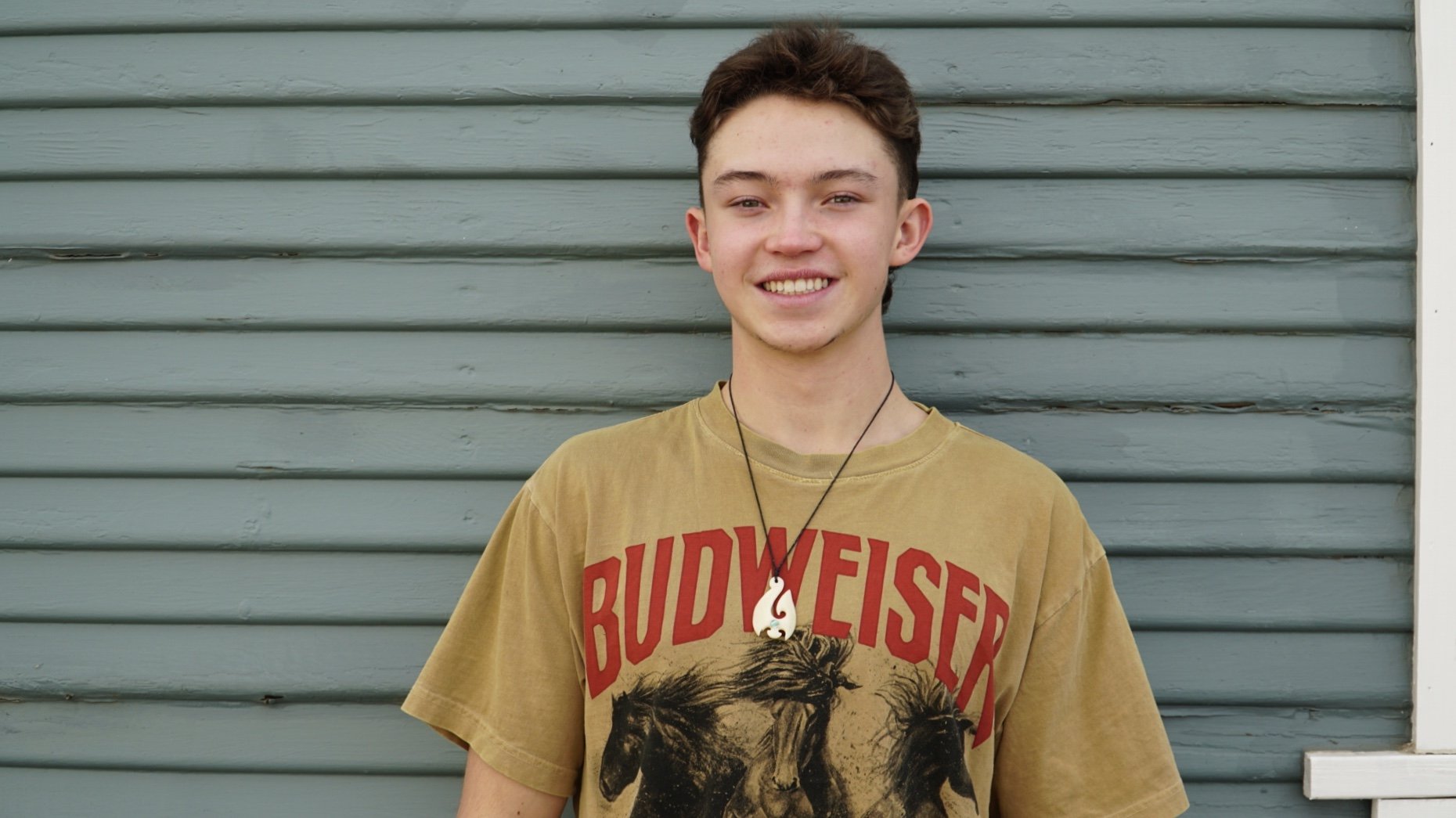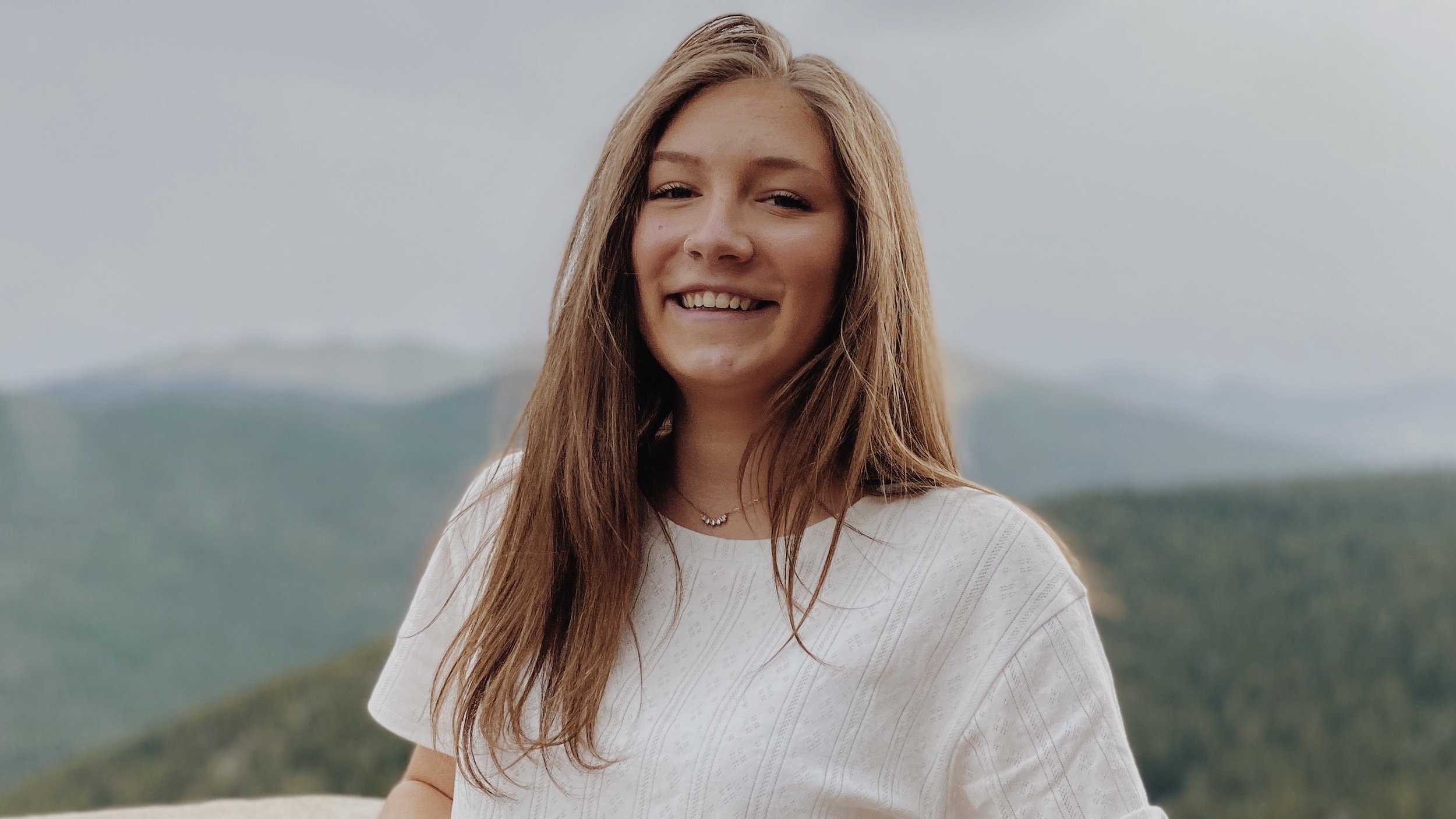
an inside perspective living with
SCOLIOSIS
An Introduction, video, podcast, and more on Scoliosis.
Let’s meet some people.
Photograph by Michael Groenewald
T H E V I D E O
T H E S T O R Y
You may be wondering, “what is scoliosis?”
I think that a lot of people do not know what scoliosis is and how severe it can be. Scoliosis is a lateral curvature of the spine. This means that your spine may be shaped as a “S” or “C” rather than being straight up and down. Scoliosis can be caused by genetics, being passed on from family history as well as injuries, but most causes of scoliosis are unknown. Scoliosis is most common in women but can also be found in men. There are many different ways that scoliosis can be detected including uneven shoulder blades, uneven hips, the physical appearance of the back, back pain, and breathing problems. Usually scoliosis is detected at a young age, and doctors are usually able to determine ways to help reduce the curvature of the spine as you grow, or prepare for surgery if it is severe. A very common treatment for scoliosis is bracing. A brace can help correct the curve of the spine and prevent it from getting worse as you grow. Braces are usually made to be worn 23 hours a day, everyday. There are two different types of braces, an Underarm and a Milwaukee. An Underarm brace is made of plastic and sits under your armpits while the Milwaukee brace extends up to your neck. If your scoliosis is severe, and needs further treatment, surgery is an option.
Cheire Ebert, Ryan Enochs, and myself all share something in common, we have each grown up with scoliosis.
Cherie Ebert was diagnosed with scoliosis at the age 13. She was given the Milwaukee brace where she was told to wear it for a year but refused, due to its uncomfortable design. After a year, she began to wear the Underarm brace which was much more comfortable. At age 16, she was scheduled to get the surgery to put a rod in her back to correct her spinal curve. She was getting blood drawn and all prepared to go in for surgery when a new doctor from eastern Europe came to Chicago. He looked at her and gave his opinion that she did not need surgery. Cherie is now 59, still with her curvy, 60 degree unique spine. She is thriving and healthy and teaches yoga everyday, which she believes helps maintain a pain-free life living with scoliosis.
Ryan Enochs was diagnosed with scoliosis when he was very young. He frequently went to the chiropractor to help relieve pain and lessen his curve. When he was a freshman in high school, he was approved to be a part of an experimental surgery which was not FDA approved. This surgery is called vertebral body tethering which is basically a rope which is screwed together into your spine. This surgery allows a lot more mobility rather than the original long rod surgery which was the main surgery for correcting scoliosis. Ryan recovered very fast and well from his surgery and his scoliosis never stops him now. He explained that the only issue he has with the metal in his back is when it gets cold outside, he can feel how cold the screws get and it can be uncomfortable. Ryan is now 20 years old and is a first year at Montana State University. He enjoys skiing, hiking, and almost every outdoor sport.
Finally, Marlee Ebert, myself, also has scoliosis. I was diagnosed when I was about 13 and I remember getting countless x-rays. At 14, I was fitted for the Underarm brace which I was told to wear every day for 23 hours straight. Like my mom, Cherie Ebert, I hated the brace. It was bulky, plastic, ugly, and most importantly, uncomfortable. I did not understand how doctors expect us to wear these braces all day long. I felt embarrassed to wear it to school and began only wearing it at night to sleep. I probably wore it every night to bed for 6 months until I gave up do to how awful it felt strapped around my body constricting me. I still frequently went to the doctor and got x-rays. There was frequent talk about me getting surgery since I had a 48 degree curve when I was 16. I refused surgery as I was too scared and my mom also opposed it. She knew how outdated the spinal fusion surgery was, which is a metal rod that is screwed into your spine. It restricts mobility and has been around since the 50s. We both felt that we wanted to wait for me to get surgery. I just began accepting that I have scoliosis and may have to live with it. As I got older and more self conscious of my body, I began to feel that my back was my biggest insecurity. All I can see is my curvy, unique spine, and I always think that everyone around me can notice it. I tried growing my hair out to hide my back and frequently wear the color black to try and hide it. I still struggle with this today. I know that people don’t notice it, because I have asked many times before. While I try to think my back makes me unique and beautiful, I also struggle with pain. I cannot stand in one place for a very long time without my back throbbing with pain. I can generally always feel pain in my back but have noticed that I try and tune it out and distract myself from it. When I drive long distances, my back throbs. Since my mom also has the same curve as me and has little pain, I try and do stretches that she teaches me through her yoga practice. I refrain from taking any sort of pain relieving drugs to help the pain. I can only count one time this year that I took Advil for my back. I know that it could be much worse, and I have many different ways that I can help relieve pain, sometimes I regret never getting surgery. It is better to get surgery when you are still growing, like Ryan Enochs, but I have been recently considering getting a surgery different than the spinal fusion one. I recently contacted my doctor to get an MRI and see if it is still possible for me to get it. While I do struggle with my back, I don’t let my scoliosis stop me from doing anything.
If you have scoliosis, or think you have scoliosis, remember that such a huge population also has it and everyone has their own stories dealing with it. It is very common and it just makes you unique! Who wants a normal straight spine? Thats boring. Curvy spines are fun and beautiful (but a bit of a handful).
T H E P O D C A S T
Marlee Ebert talks with Cherie Ebert and Ryan Enochs on living with scoliosis, their surgery journey, and the facts on Scoliosis.
Marlee Ebert



